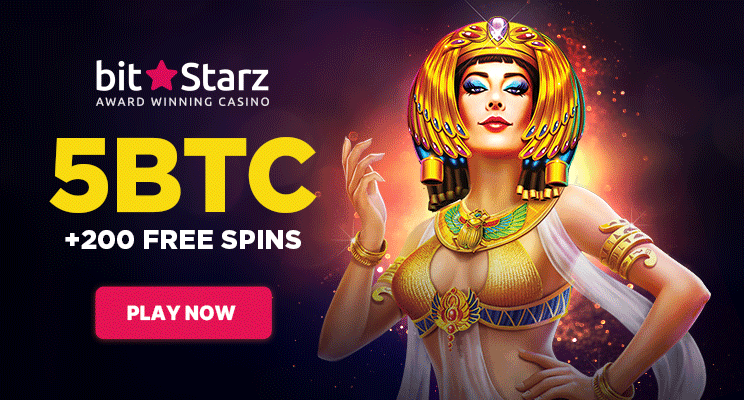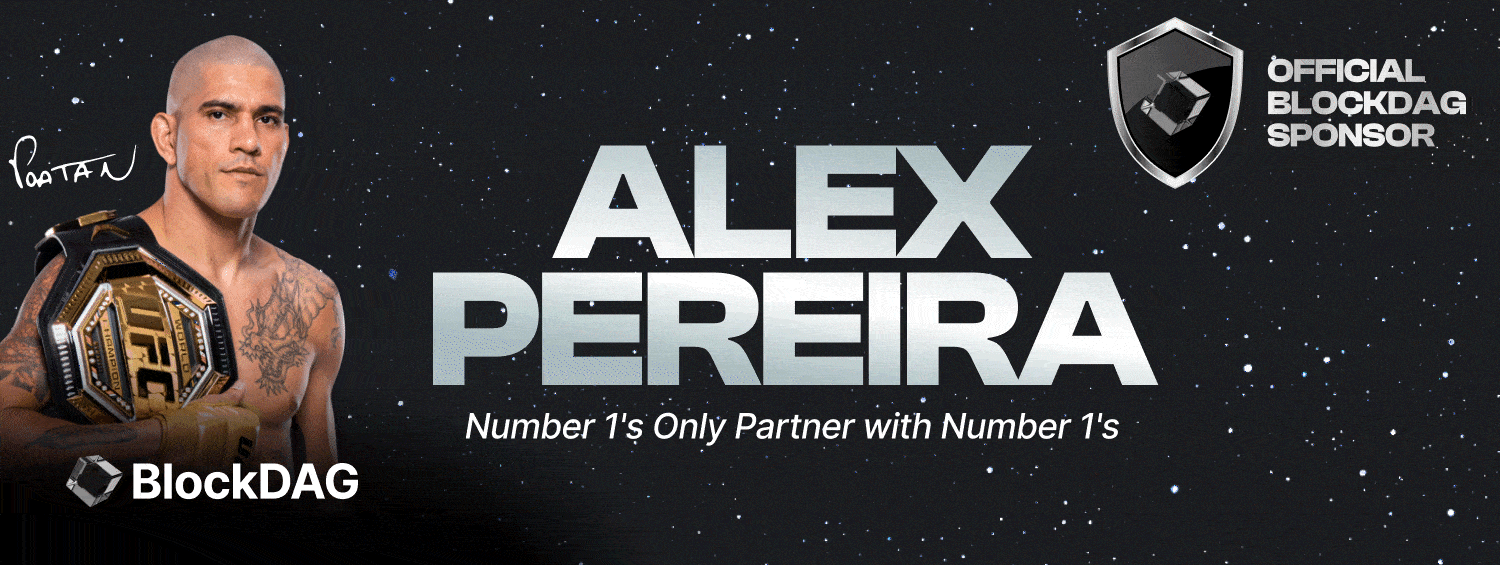
After Toncoin (TON), Base joins the trend of mini-apps
Mini-apps turned into a grassroots trend to drive engagement and provide value in crypto space. Toncoin (TON) along with Telegram were the first hotspots for click-to-play mini-apps. Now, new chains are adopting the trend as a tool to give airdrops and provide casual gaming entertainment.
The trend of mini-apps is much smaller compared to the previous wave of play-to-earn games. mini apps do not enjoy the same hype or VC investments, but they are easier to create and distribute. Hamster Kombat is perhaps the most high-profile clicker, riding on the success of Toncoin (TON). The Notcoin (NOT) viral clicker game is also helping to defy the stagnant market trend.
Mini-apps are also closely watched for their potential to create the next big value proposition in Web3 space. For now, some clickers and tap games resemble faucets, with added value based on memes and images.
The mini-app trend is also spreading beyond the Toncoin chain. Older platforms are trying to replicate the success of clickers, as a way to reshuffle incentives. Perhaps the biggest addition to the trend will be Base, the tokenless Coinbase blockchain, which has announced readiness to join the mini-app trend.
Base’s Sepolia project is now available through a new mini-apps, which is also spreading through Telegram.
DePerp is yet another trading project to tap the mini-app trend and connect it to the Base blockchain. DePerp’s mini app generates a seamless connection to Base, while being accessible among the growing list of Telegram offers.
The chat app is still the biggest hub for mini tapping games, clickers and faucets. Telegram aggregates the most popular games and exposes them to more than 32M users worldwide. Crypto and Web3 projects with other main use cases are also launching mini-apps, as a way to grow outreach and spread their native tokens.
Other projects use the mini-app trend to migrate their quest or task platforms for a more intuitive experience. Mini-apps are also becoming more attractive after the launch of Adsgram, which also allows the idle games to display apps and earn TON.
Mini-app projects may lead to new batch of tokens
As of July, Hamster Kombat and a small handful of clickers remain dominant. The game rose in just about two months, reaching 250M players. Some of the activity on Hamster Kombat may be the result of bots. Still, the game’s idle approach surpasses previous P2E games that also carried bot activity.
Hamster Kombat may have a wider effect on the crypto gaming ecosystem, as it already aggregates other mini-bots. The Hamster Kombat social media acts as a hub to popularize new mini-apps and amplify their reach.
But an even bigger effect may be the price discovery of a Hamster Kombat token. The asset may repeat the behavior and success of NOT.
The Hamster Kombat token now has a Bybit premarket listing, with no set date for full spot listing.
Hamster Kombat is among the few projects that will launch full trading of its token in H2. The asset is also spreading through airdrops, with the plan of existing both as a Toncoin and Solana-based token. The asset is now in a highly active and volatile period of price discovery.
Skeptics see clicker apps as potentially at risk for hyperinflation, similar to the play-to-earn trend. The generation of rewards may lead to a wide player base that holds worthless tokens. However, projects are offering varied use cases that go beyond idle games.
Most mini-apps take a game-first approach, and some are not in a rush to offer crypto or trading features. The trend is still relatively new and just accelerating with the potential for advertising revenues. The mini-app trend, however, may be reflected in the market price of NOT and eventually, the Hamster Kombat native token. NOT is currently trading near a one-week peak at $0.016, after recovering quickly from the recent market correction.


























